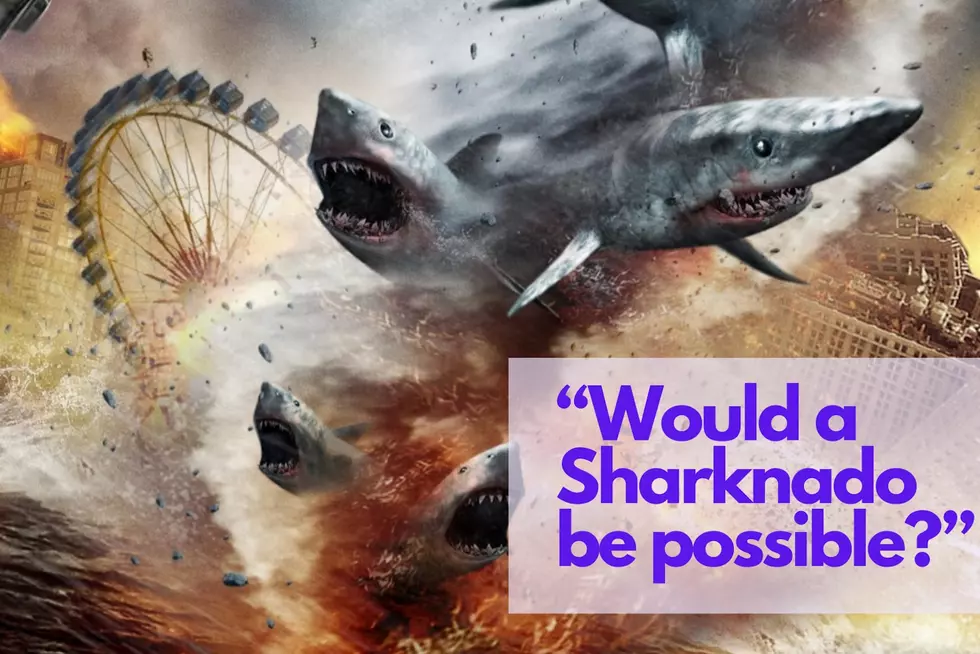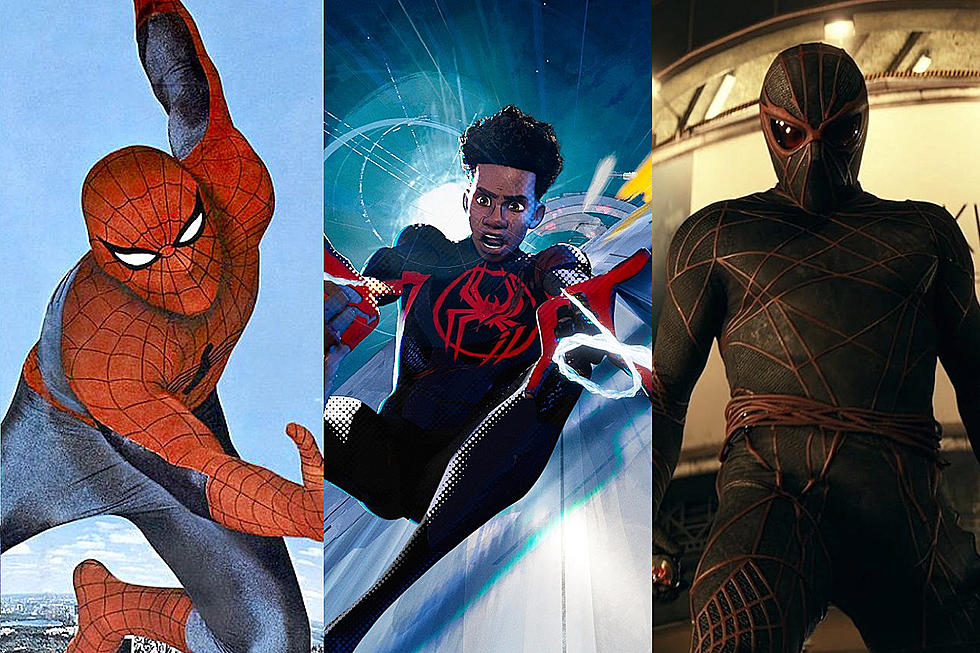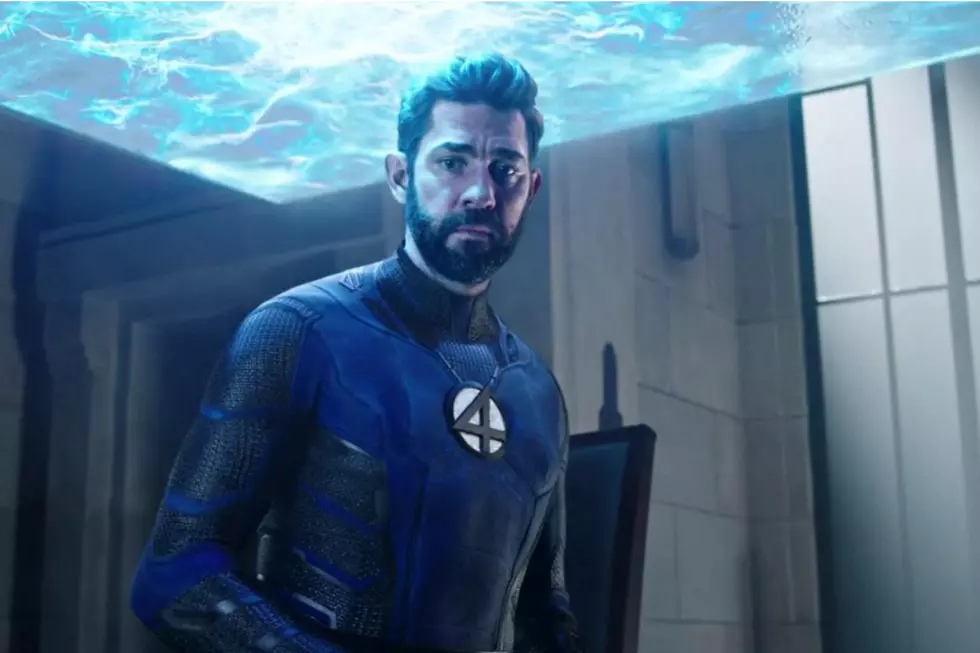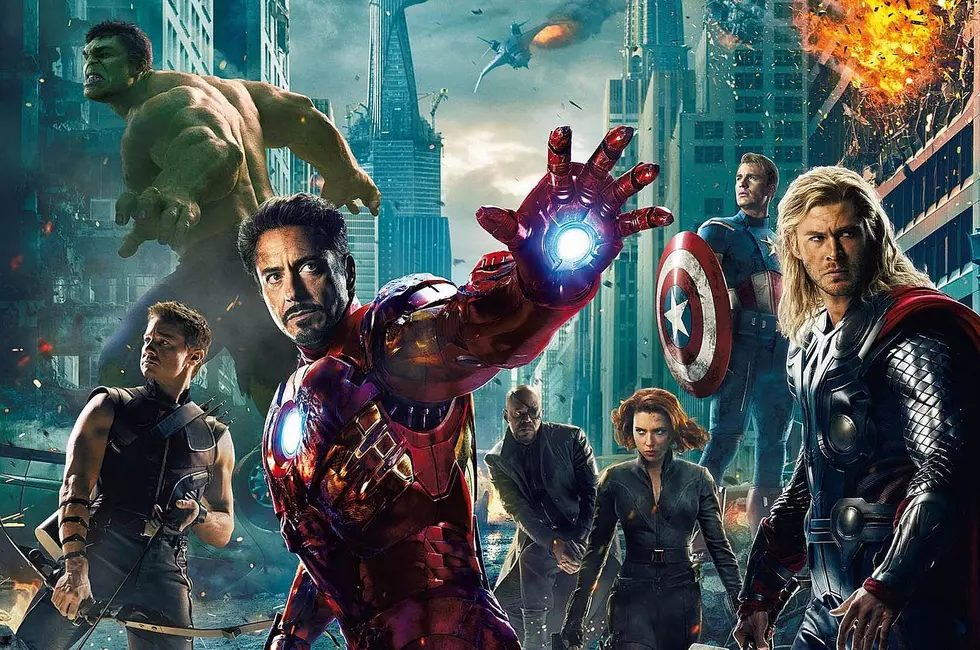
How ‘The Avengers’ Exposes the Biggest Problem With ‘Man of Steel’
In most ways, it's unfair to compare 'Man of Steel' and 'The Avengers.'
Other than the fact that they're both expensive, large-scale superhero movies, they couldn't be more different. Joss Whedon's 'The Avengers' represents the Marvel Studios' modus operandi in every way: it's scrappy, witty, silly and charming; coasting on cool and making it look easy. Zack Snyder's 'Man of Steel' is cut from the same cloth as Christopher Nolan's 'The Dark Knight' films: it's moody, cerebral, intense and big on dramatics, demanding that you take every frame very, very seriously.
In short, one is The Beatles and the other is a symphony. They're both terrific in their own special ways, and putting them side-by-side seems kind of silly. Comparing two films with such divergent styles and intent just seems a little unfair. But ...
There is one aspect of both films that demand comparison, not just because they're very similar sequences in otherwise completely different films, but because they showcase two wildly different takes on the concept of cinematic superheroics. Let's get to the point: the climax of 'The Avengers' makes the climax of 'Man of Steel' look bad in a profound and fundamental way.
Let's first take a look at how both sequences are similar. Both films conclude with an extended action scene in a major American city (New York City in 'The Avengers' and the fictional Metropolis in 'Man of Steel'), with superheroes attempting to repel an alien invasion. Both films showcase the cities getting ravaged and ruined, and both suggest the horrible deaths of countless innocent civilians. Both sequences are also big and grand, impeccably shot and irresponsible in that typical Hollywood way, where buildings crumble and explode and no one bats an eye. Most importantly (and let's emphasize this with italics to drive it home), both are incredible and hugely entertaining action scenes that function beautifully and are a blast to watch. We can even go a step further with 'Man of Steel' and say that it features action beats and moments that are unlike anything we've seen before. On a technical level, Snyder and his team of visual effects artists have made something truly special.
With that out of the way, let's talk about why the final 45 minutes of 'Man of Steel' are completely and totally broken.
When General Zod releases the World Engine (heh) and starts to forcibly terraform the Earth, his Kryptionian forces decimate a massive chunk of Metropolis. That's expected. That's what bad guys do, right? They attack cities and threaten the innocent and generally behave nefariously. (Never mind that Superman goes and deals with the machine wreaking havoc in the wilderness across the globe instead of its sister machine destroying an important urban populace.) Eventually, Superman does arrive in the ruined center of Metropolis for the final showdown with Zod, and the two Kryptonians proceed to kick the stuffing out of each other, flying through buildings, punching each other through parking garages and leveling just as much of the city as Zod's Earth Engine-ing did.
Now, we know that Zod is a near-unstoppable monster, but what about Superman? The movie has revolved entirely around Clark Kent/Kal-El's determined quest to protect the populace of his adopted planet, but here he is, toppling entire skyscrapers with single punches and casually flinging his opponent through buildings full of people. It would be one thing if we heard someone say that Metropolis has been evacuated. It would help if we saw Superman using his x-ray vision to see where he could safely toss the bad guys. Hell, it would change the entire tone of the climax if Superman attempted to move the battle away from the millions of terrified people, but he never does.
So here's Earth's protector, seemingly killing just as many people as the bad guys and not giving a crap. It's especially troubling when the film cuts from Superman and Zod tearing entire buildings down to the innocent men and women watching the battle from the streets below. How many of those extras perish because Superman isn't doing anything to prevent further damage?
Now, compare all of this to 'The Avengers.' To be fair, Marvel's "Battle of New York" is also wildly destructive, and plenty of buildings do crumble into dust, and countless innocents do perish. But there's one big difference: when the Avengers arrive on the scene and assemble, the first thing they do is hash out a plan. Captain America strategizes, placing each superhero in a place where they'll be the most help. But his biggest and most important order? Contain the battle. Don't let it spread across the city.
The climax of 'The Avengers' isn't about all of those buildings falling down, it's about these superheroes trying to prevent more buildings from falling down. Note other key moments: Captain America rushing to the aid of a group of police officers, helping them organize escape routes for civilians; Iron Man circling the edges of the battle, forcing Loki's forces to stay in a four- or five-block radius of the team; a mass execution of cornered civilians prevented by Captain America's quick thinking; and Black Widow realizing that the only way to win the battle is to close the alien portal and end it rather than keep fighting and risking more lives.
The Avengers go out of their way to protect people and to keep them safe. It's no wonder their film ends with kids wearing 'Avengers' t-shirts and people shaving their facial hair to emulate Tony Stark. Meanwhile, 'Man of Steel' ends with Superman crying in the ruins of a city he helped destroy over the body of the guy who wrecked most of it.
'The Avengers' isn't innocent of getting off on wanton destruction (Thor and the Hulk do steer a giant robot worm into a building or two, after all), but by going out of its way to paint its superheroes as protectors, the destruction is forgivable. The Avengers came to protect us and prevented countless additional deaths in the city. Meanwhile, thousands of people die in 'Man of Steel,' and they'd all still be alive if Superman never existed in the first place. That's a huge problem.
'Man of Steel' screenwriter David S. Goyer has promised that future Superman movies will directly address the events of this film and we hope so. A sequel could retroactively make us feel better about the world's greatest superhero ignoring the safety of the populace he swore to protect by showing Superman learn and grow (or maybe even apologize). But that's a lesson Superman should have learned when he leveled his hometown earlier in the film: with great power comes great responsibility. Spider-Man picked this up pretty quick, but that's something Clark Kent has yet to learn. And people died for it.
More From ScreenCrush









